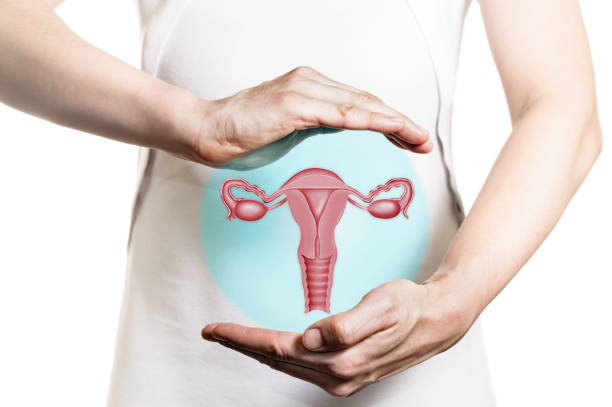Cervical cancer begins in the cervix, the female reproductive organ. It is the third most common malignancy that affects women. The cervix is the bottom section of the uterus that opens up into the top of the vagina. This cancer occurs in the cervix region and begins as a precancerous disease known as dysplasia. Cervical cancer develops when cells in the cervix, which connects the uterus and the vaginal canal, alter. This cancer can harm the cervix's deeper tissues and spread to other parts of the body (metastasize), most commonly the lungs, liver, bladder, vagina, and rectum.
Cervical cancer in its early stages usually has no symptoms. However, advanced stage cervical cancer may show the following signs and symptoms:
Cervical cancer can be cured if it is discovered early. Treatment for cervical cancer is determined by several criteria, including cancer's stage, other health issues the patient may have, and personal preferences.

Cervical cancer in its early stages usually has no symptoms. However, advanced stage cervical cancer may show the following signs and symptoms: